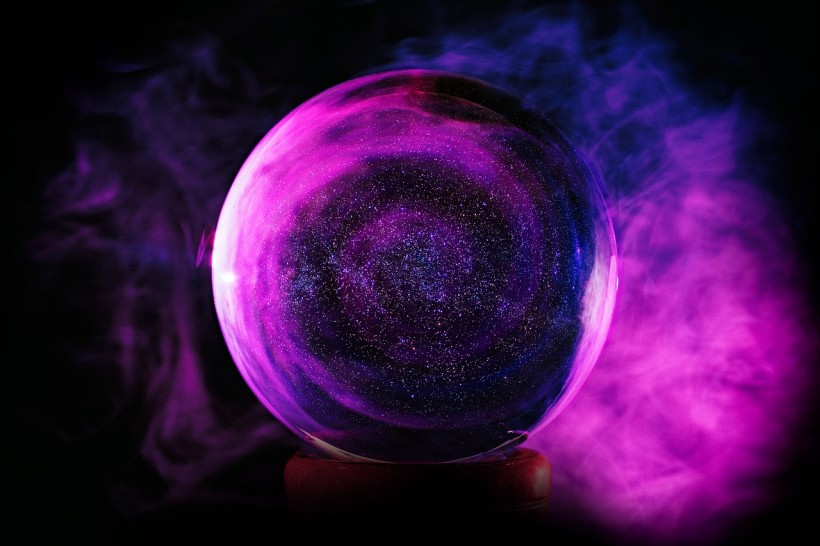Space weather may disrupt spaceflight and satellite operations. However, it is difficult to analyze on Earth because of gravity differences. According to Science Daily, researchers from the University of California-Los Angeles
Researchers successfully recreated the sort of gravity seen on or near stars and other planets within a glass sphere 3 centimeters in diameter, or roughly 1.2 inches. The accomplishment might help scientists overcome gravity's limiting role in tests designed to replicate conditions on stars and other worlds.

Space Weather Causes Explained in a 3 cm Sphere Glass That Replicates Gravity of Other Planets
Reproducing Gravity in a 3 cm Sphere Glass
Solar flares and other kinds of space weather may create major interruptions in spaceflight and satellite-based communications. But Scientists' efforts to develop answers to this challenge, however, have been hampered since laboratory tests on Earth are subject to gravity, resulting in findings that differ substantially from circumstances in space.
In the study, titled "Thermal Convection in a Central Force Field Mediated by Sound" published in the journal Physical Review Letters, UCLA researchers effectively reproduced the type of gravity in near stars and other planets inside a 3 cm sphere of glass using sound waves to create a spherical gravitational field and generate plasma convection.
SciTech Daily reports that plasma convection is a process by which a gas cools as it goes near a body and then reheats when it comes close to the core. In the experiment, plasma convection creates a fluid current that generates a magnetic current.
Using microwaves to heat sulfur gas within the glass sphere to 5,000 degrees Fahrenheit, UCLA researchers made the sound waves inside the ball act like gravity that constricted the flow of the hot, weakly ionized gas known as plasma into patterns resembling plasma currents in stars.
UCLA project scientist John Koulakis, the study's first author, explained that sound fields work like gravity when it comes to generating convection in gas. The team created a gravitational field 1,000 greater than the gravity on Earth using microwave-generated sound in the 3 cm sphere glass.
Significance of the Experiment
The achievement might help scientists overcome gravity's limiting role in studies designed to replicate convection in stars and other planets.
UCLA physics professor Seth Putterman, the study's senior author, said that they put the experiment in the space shuttle to produce a strong enough central force field on the ground. They successfully demonstrated that the microwave-generated sound system produced a strong gravity that Earth's gravity has no effect, which means there is no need to fly into space to conduct such studies.
Techexplorist reports that if scientists can manage and modify plasma in ways that match solar and planetary convection, they will be able to understand and anticipate how solar weather impacts spacecraft and satellite communications systems.
Last year, for instance, a solar storm damaged 40 SpaceX spacecraft. Military technology has also had issues with the phenomenon. For example, the formation of turbulent plasma around hypersonic missiles may interfere with communications between weapons systems.
RELATED ARTICLE: Solar Storms Mystery Finally Solved: Simulation Model to Predict Space Weather, Geomagnetic Storms Developed
Check out more news and information on Space in Science Times.














